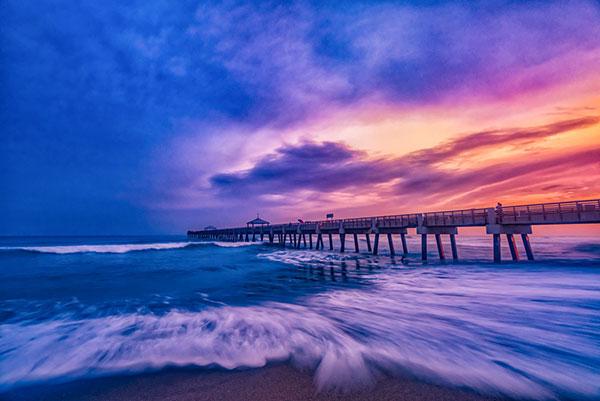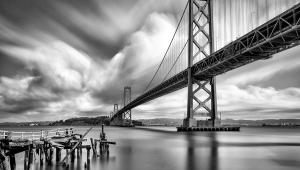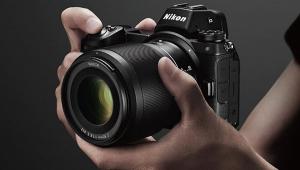Make It POP: 5 Tips for Finding and Using Dramatic Color in Your Photos

(Editor's Note: You can read "On the Road" columnist Deborah Sandidge's other columns here.)
Color is everywhere, so why would I be writing about finding and using it in photos? Why would this even be a concern?
I feel that for me to be most effective as a storyteller, I want to identify the best color at the best time and use it to best advantage—even optimizing it with filters to give it increased prominence in the picture when conditions demand that. Simply said, color in a photograph can be more effective when rich and more dramatic. I use various tools, techniques, and methods to allow color to help tell a more dramatic story.
Here's how it breaks down.
1. Start with “And”
Sometimes the picture is all about color, but more likely it's about color and. And what? And whatever works, whatever makes the photo better or different from the usual and the familiar. Maybe it's the lens I chose. Maybe there's a sunburst in the image. Maybe it's the framing of the photo, or a filter I used. Maybe something subtle in post processing. This is what most often goes through my mind: Okay, this is great, the colors are beautiful...now what can I do to make it special or unique? What can I add? What's the and?

2. At the Right Time
The best light of day for dramatic color is often the blue hour—the time before sunset and sunrise. I think of blue hours as the hero times of the day when colors are going to be their richest. If I have great subjects, those are the times of day I prefer to shoot them, and that means being there at the right time to capture the color and the drama. It's just not going to be the same story at two o'clock in the afternoon, so I go at the most opportune times to allow nature to give me its best, therefore providing me the best photographic opportunities.

3. In the Right Place
There's a place along the Embarcadero in San Francisco that I return to again and again. I stay at the same hotel every time because I literally know how to get to my favorite spot in the dark. It takes me only five minutes to walk there, and then I wait for sunrise, often arriving at least 45 minutes before. I hope for expressive clouds to catch the light, but I never know what colors and effects I'm going to get. But I show up every single time because I won't get anything if I don't. Sometimes I'm rewarded with a dramatic, one-of-a kind sunrise. I can get my sleep later.

4. With the Right Tools
Mirrorless cameras mean I can travel lighter and still bring all the tools I need to get the best from favorite places and give myself multiple creative options. Whether I've visited a location many times or I'm going to explore for the first time, I take two camera bodies (at least), a wide range of lenses, a sturdy tripod, a cable release, filters—pretty much everything I need to capture color in the kinds of pictures I love to take—long exposures to depict, as best a photo can, the passage of time; the interaction of sea and shore; and the travel of clouds across the sky.

5. When All Else Fails...Think
Sometimes I'm at the mercy of what's around me—and none of it is giving me the color impact I want. That's where gear options will help—lens choice, a filter, perhaps the old compositional standby of filling the frame with color by zooming the lens or simply moving to better frame an image to eliminate distractions. And I'm going to boost the ISO to allow me to shoot wide open, so the background goes soft and doesn't pull any attention from the colors the subject is giving me. If color is limited to a small spot that might be overwhelmed in the frame, I'm going to compose to keep that from happening. Or, say it's a foggy morning—then I'll make a picture that's all about the color of a mood. Or I'll adjust the camera's white balance to affect the color in a scene. I look for good color in all my shots, but when it's not happening I'll use a tool or a technique to get a colorful picture that otherwise would not have been possible.

Deborah Sandidge's website, deborahsandidge.com, features a collection of her photographs, cinemagraphs, and time-lapse videos as well as photo tips and a schedule of upcoming workshops, photo tours, and seminars.
















































